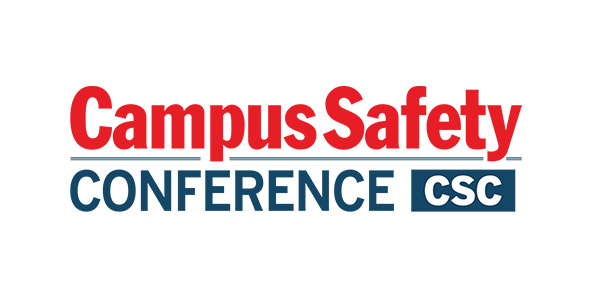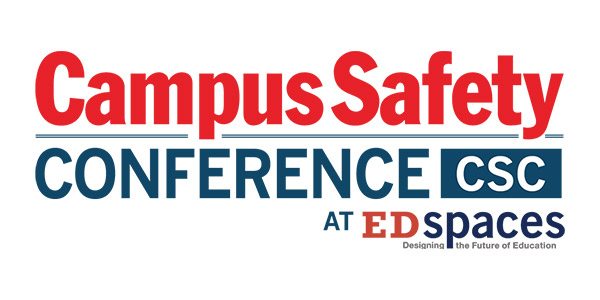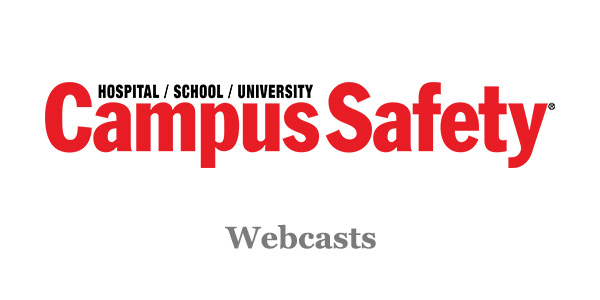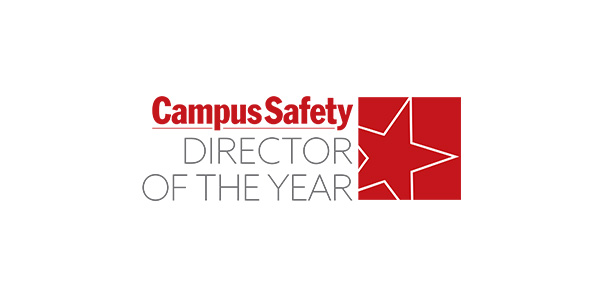While campus security teams are no strangers to threats and incidents, they’re currently confronting an evolving mix of challenges. Security directors are under mounting pressure to reassess and strengthen campus safety frameworks. These challenges range from severe weather disruptions and mental health crises to unauthorized drones, bullying, and false alarms that divert valuable resources.
In response, institutions are turning to integrated, AI-driven security platforms that offer powerful capabilities for improved detection, faster response, and more comprehensive protection. These innovative approaches are instrumental in enhancing threat detection, streamlining response protocols, and creating safer learning environments for students and staff.
Addressing Complex and Diverse Campus Threats
Gone are the days when security cameras merely served as forensic tools for post-incident review. Today, AI transforms surveillance from reactive to proactive, providing real-time insights and automating critical functions that once exceeded the capacity of human monitoring. This shift is crucial in managing the growing complexity of incidents, from unauthorized access and severe weather alerts to health emergencies and more serious threats such as violence on campus.
RELATED: AI Video Detection in Schools: How Automated Surveillance Reduces Emergency Response Time
Campus safety remains a pressing concern. Although college campus crime has dropped by more than 50% over the past 16 years, leaders know risks persist in many forms. Institutions face challenges that extend beyond traditional crime, including student wellness crises, severe weather events, and technology-driven risks.
For example, weather emergencies often lead to cascading impacts on infrastructure, communication systems, and campus mobility. At the same time, mental health pressures among students are at record highs. Only about 38% report “positive mental health,” and 13% had serious thoughts of suicide in the past year — up from 10% a decade earlier. In response, campuses are proactively turning to advanced tools to improve readiness and better protect students and staff against a wide variety of circumstances.
Leveraging AI to Enhance Real-Time Situational Awareness
AI has emerged as a crucial component of modern campus safety strategies. AI-driven video surveillance systems offer sophisticated analytics capable of identifying genuine threats from benign activities, helping reduce false alarms. This precision enables campus security personnel to focus their attention and resources precisely where they are needed most, ensuring timely and effective responses.
AI systems also offer enhanced situational awareness without compromising personal freedoms. Security teams can unobtrusively monitor activities, intervening only when necessary, thus upholding campus values while providing adequate protection.
Integration: Streamlining Security Operations
Historically, campus security systems have operated in isolated silos. Surveillance cameras, dispatch centers, incident reporting systems, and access control often function independently, leading to operational inefficiencies and slower responses. Integrated platforms unify these disparate systems, empowering security teams with real-time, centralized oversight.
With integrated platforms, campus security personnel can simultaneously track video surveillance, manage communication, respond to digital incident reports, and oversee access control from a single interface. This unified approach improves operational efficiency, speeds up response times, and enhances overall effectiveness during critical situations.
Responsible Implementation: Getting It Right from the Start
Effective security implementation goes beyond simply purchasing the right tools. Institutions should approach deployment as a multi-step process involving thoughtful strategy, community engagement, and change management. Those steps include:
- Start with a phased rollout. Introducing new technology in stages helps ensure smoother adoption and provides an opportunity to adjust based on real-world usage. It also allows time to build awareness among stakeholders and gather feedback from students and staff.
- Invest in training. Security teams need more than product walkthroughs. Training should cover ethical surveillance practices, privacy considerations, and incident management protocols. Students, faculty, and staff also benefit from knowing what the systems can and cannot do.
- Choose the right vendor. Look beyond technical features and pricing. Strong partners will offer transparent practices, robust privacy protections, and the ability to tailor their platforms to your unique environment.
- Plan for change management. Institutions that treat this as a cultural shift, not just a tech upgrade, will see better long-term results. Communicating early and often, addressing concerns openly, and engaging students and faculty as collaborators in campus safety helps build trust and acceptance.
RELATED: Panic and Confusion Arise from AI-Generated Photo of Fake Bellaire High School Fire
Preparing for a Safer Future on Campus
With campuses already planning for the next academic year, institutions have a crucial opportunity to bolster their safety measures. Breaks and transitional periods provide an ideal window to upgrade security infrastructure without disrupting day-to-day operations. By using this period to implement AI-driven systems, integrated security platforms, and leverage outsourced security expertise, campuses can ensure they are fully prepared to respond swiftly and effectively to evolving threats. This proactive, comprehensive approach doesn’t just protect students, faculty, and staff; it also cultivates a secure environment where education, free expression, and campus life can thrive safely for everyone.
Chatura Liyanage is Vice President of Product at Trackforce with over 20 years in product management and deep expertise in corporate physical security. He has held leadership roles at ADT/Tyco and Meta, and helped build one of the first PSIM systems in the industry. A strong advocate for modernizing security, Chatura regularly shares insights on the future of guard force operations and the role of technology in proactive risk mitigation.
Note: The views expressed by guest bloggers and contributors are those of the authors and do not necessarily represent the views of, and should not be attributed to, Campus Safety.







